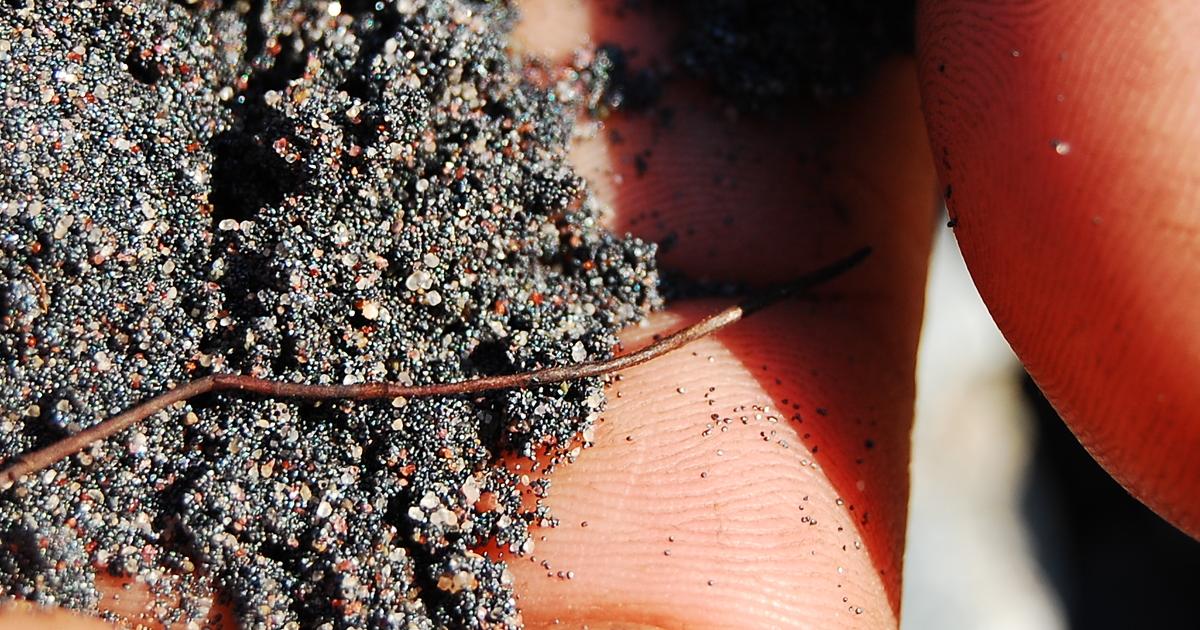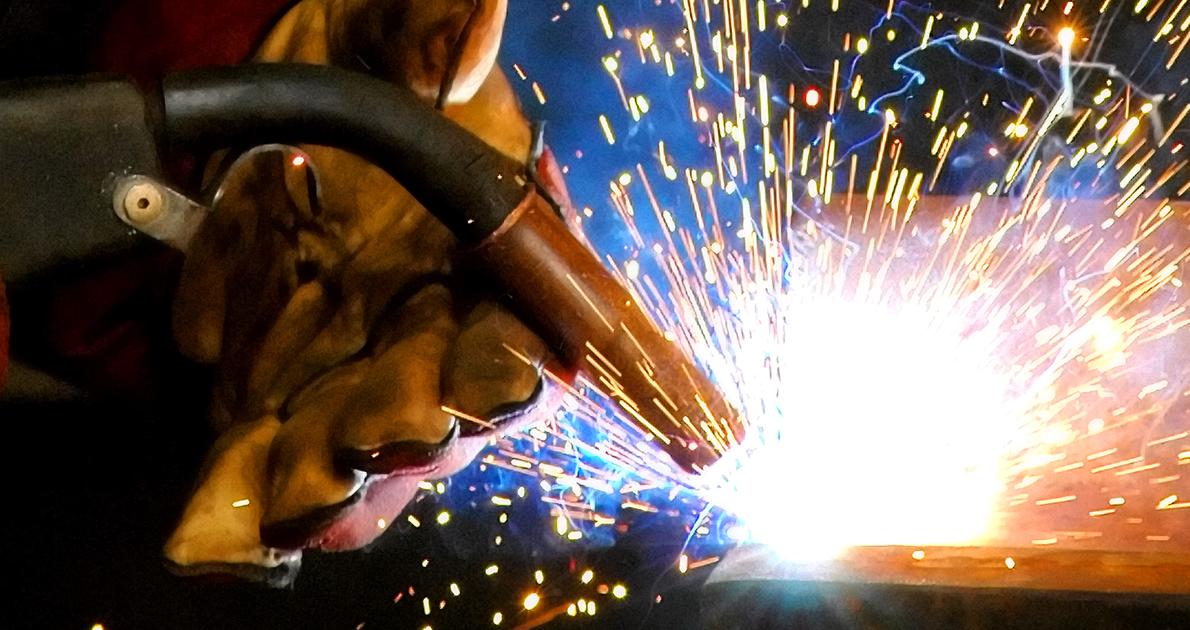What Are The Risk Factors For Siderosis?
Siderosis is a form of pneumoconiosis or lung disease caused by the inhalation of mineral and dust particles. Pneumoconiosis is subcategorized into different types characterized by the type of mineral particles that cause them. The mineral and dust particles inhaled end up settling into the individual's lungs and cause lung inflammation that leads to scarring, stiffening, and hardening of the lungs. These changes that occur in affected individual's lungs are irreversible or permanent and can cause them to have long-term general difficulty with breathing. While severe symptom manifestations of siderosis itself are generally uncommon, complications such as chronic obstructive pulmonary disease (COPD) and emphysema can produce severe symptoms. There is no cure for any forms of pneumoconiosis, but treatment can help prevent severe complications and alleviate some problematic symptoms in patients. Individuals who work in certain conditions around materials are at a higher risk of developing siderosis. Learn more now.
Exposure To Iron Oxide Dust

Individuals who work in environments where iron oxide dust is present are at a higher risk than others of developing siderosis. Iron oxide is a title used to characterize a span of numerous chemical compounds formed from oxygen and iron. The most prevalent form of iron oxide on earth is rust, which occurs when moisture reacts with oxygen and iron. Iron oxide dust is an insoluble reddish brown or crystal black powder commonly utilized in the pigments for paints within the orange, black, brown, red, and yellow range. Iron oxide dust is also used as a jewelers rouge to place the final polish on various metallic products. Iron oxide is used in the industry of technology, purification, and production of metals called metallurgy. The iron compound has to go through a number of different processes between its initial mining and the end of the factory line of whichever industry has utilized it. While all workers who come in regular contact with iron oxide particles are at a higher risk for siderosis, those who work specifically with the heating of iron-containing materials are the most susceptible.
Learn about the next risk factor linked to siderosis now.
Welding Industry

Individuals who have an occupation in the welding industry are at a high risk of developing siderosis. Welding is a process of sculpting or assembling utilized for the purpose of joining thermoplastics or metals together with the use of some form of a high-intensity heating element. The product parts are placed together and melted by the heat source, and are allowed to cool in order to produce the result of a strongly fused product. Welding is different from other kinds of temperature bonding processes such as soldering and brazing. The reason for this is because welding is a technique that completely melts the base metal, where lower temperatures used in soldering and brazing do not. Not all welding materials and processes involve exposure to iron oxide. However, all steel and iron welding processes do produce iron oxides as a contaminant of the mechanical and chemical reaction. Iron oxide fumes come in contact with individuals on a regular basis who have an occupation that involves the welding of iron-containing materials. Iron oxide fumes are a byproduct produced from the high heat applied to these substances during welding.
Continue reading to reveal more causes and risk factors of siderosis now.
